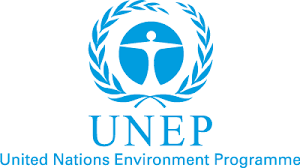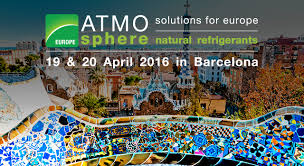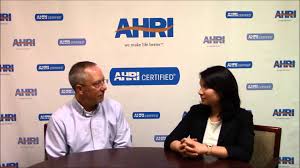UNEP webinar highlights natural refrigerants
WORLD – The UNEP hosted a webinar on the 30th of July on the subject of promoting sustainable public procurement. The topics discussed included the need for developing countries to leapfrog HFCs in the process of phasing-out HCFCs as well as the U.S. Environmental Protection Agency’s update on what is being done to promote natural refrigerants, in particular in the U.S. Department of Defense.
Mr. Farid Yaker, the Programme Officer with UNEP’s Division of Technology, Industry and Economics, introduced the concept of sustainable public procurement to the listeners, explaining that “sustainable procurement is a process whereby organisations meet their needs for goods, services, works and utilities in a way that achieves value for money on a whole life basis – including the cost to society, the economy and the environment.” Yaker continued by stating, “the higher initial price of the greener product is more than compensated by the much lower usage and disposal costs for ‘green’ products.”
Yaker noted that this concept had gained the recognition it rightfully deserved and it was one of the six programmes that has been included in the 10-Year Framework of Sustainable Consumption and Production Patterns (10YFP) programme that had previously been adopted at the Rio +20 Conference in June 2012.
Atul Bagai, Senior Regional Cordinator for UNEP’s Compliance Assistance Programme in Asia and the Pacific, took the opportunity to discuss the role of sustainable procurement in respect to the implications of the Montreal Protocol. Bagai began by giving a brief introduction of the Montreal Protocol, extolling its virtues, noting that there was a complete CFC phase out in 2010 and that it has been agreed to accelerate HCFC phase-out by 2030 and that we will soon see the first results of how this phase-out is progressing, with a 10% reduction from 2013 freeze targets expected this year.
However, Bagai was at pains to avoid the onset of complacency as he also noted “uncontrolled HFC emissions growth will take up a share of 7-19% of CO2 emissions in 2050, based on Intergovernmental Panel on Climate Change reports”. Bagai further expanded on what this increase in HFC emissions would mean by saying “Therefore, uncontrolled HFC growth is expected to offset the climate benefits achieved by the Montreal Protocol”.
Mr Bagai stressed that the industry cannot afford to take one step forward and two steps back and that it was essential that HFCs must be leap-frogged in the phase-out of HCFCs. Bagai proposed that this could be achieved by integrating standards and eco-labels highlighting those products which have zero GWP, by replacing HVAC&R systems with climate friendly and energy efficient alternatives through utility drive programmes and by promoting ozone and climate friendly alternative technologies to HFCs via green procurement policies with the aim of implementing a multi-level environmental agreement.
To clarify this last point, Bagai explained how UNEP is seeking to promote public procurement of climate friendly alternatives to HFCs in Asia Pacific. A conference was held in Korea in March 2015, organised under the UNEP-USEPA grant partnership, aiming to foster a dialogue between public procurers and ozone agencies in Asia Pacific with the aim of developing the capacity to integrate alternatives to high-GWP HFCs into public procurement activities.
The findings of the conference were that, regrettably, ozone-depleting substances (ODS) are still used commonly in public and private buildings and that most countries in Asia Pacific do not have a tracking system for ODS emissions. These results could partially be explained by an evident information gap as Bagai noted: “Most ozone and procurement officers do not have information on HFC and greenhouse gas emissions”. Bagai said that the only way to counteract this lack of information was to strengthen the political will to promote sustainable procurement and that there is also a need to encourage eco-labelling for environmentally friendly and energy efficient technologies, which would facilitate the public sector in identifying and procuring green products.
Drusilla Hufford, Director of Stratospheric Protection Division in the Office of Atmospheric Programs, of the U.S. EPA also availed of the opportunity to give an overview of what the U.S. is doing to reduce HFC emisisons. Hufford began her overview by noting the areas of use for ODS and HFCs, highlighting motor vehicle air conditioning, building and room air conditioning, large retail and commercial scale food cooling and refrigerators.
Hufford also cited the example of the U.S. Department of Defense as a case study showing how the U.S. is taking on the responsibility. Hufford also drew listeners’ attention to the areas where the Department of Dense is implementing change, such as absorption Chillers at co-generation sites, monitoring the use of CO2 in mobile air conditioning for tactical vehicles and the use of a CO2 transcritical and NH3/CO2 cascade system in some commissaries.















